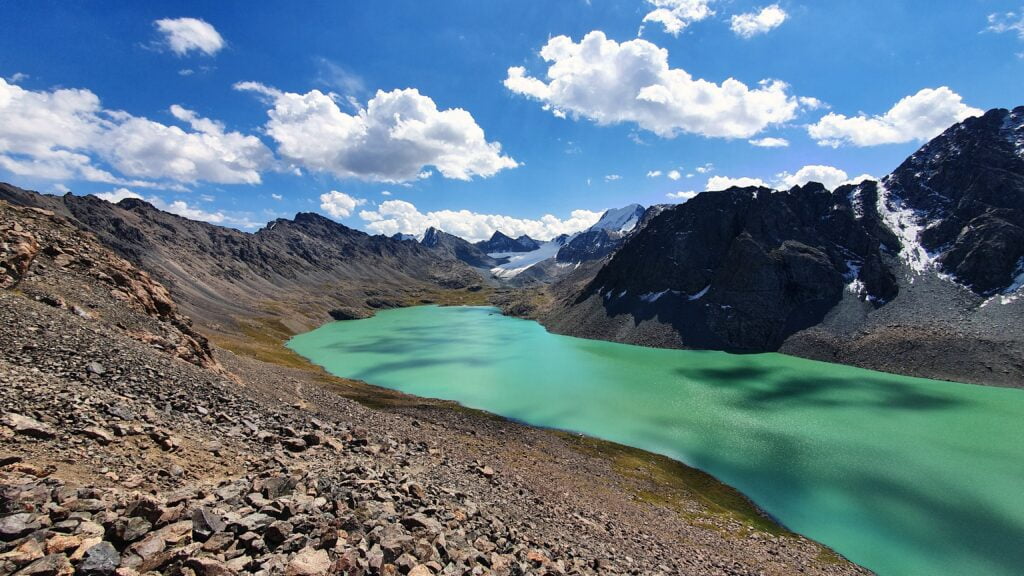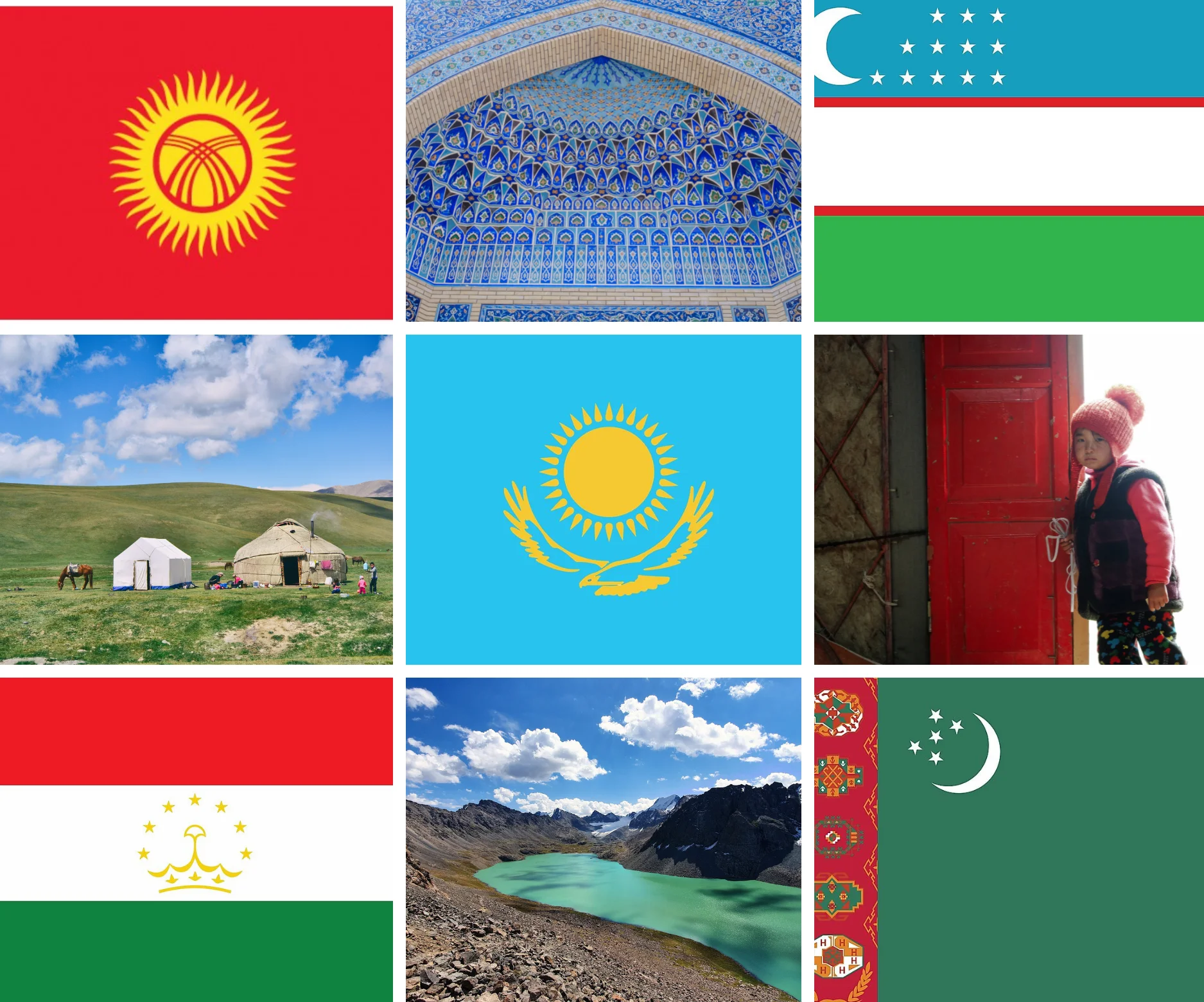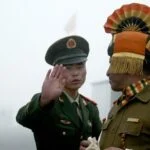From history to culture: India’s relationship with the Central Asian region
At the heart of the Central Asian region lies five important nations- the Kyrgyz Republic, Kazakhstan, Turkmenistan, Uzbekistan, and Tajikistan. Formerly a part of the USSR regime, India was among the first nation to recognize these as republics after the soviet union disintegration in 1991.

Picture Credits@ Amir Asakeev
The two regions (Indian subcontinent & Central Asia) have shared a long history, deep cultural connections, and ties in person-to-person contact, trade, and commerce over the past years.
From the early Kushana empire dating back 30 AD being spread over both nations, reaching its prime under king Kanishka to the later Mughal rulers and their ancestry.
India has always shared a relationship with the central Asian region, a prime example being the ancient Silk Route. Connections through the silk route effectively exchanged thoughts, ideas, religion, and philosophy. Later on, with the advent of Islam, Both India and central Asia saw further strengthening of their ties.

Picture Credits@ Far Chinberdiev
The current global order is witnessing an increasing engagement of countries in the Central Asian region. Some future analysts dub it as a “New Great Game”, resulting in a tussle between nations to increase their sphere of influence and power in the Central Asian region.
India is also not far behind. Its “extended and strategic neighbourhood policy” also focuses on improving and evolving the relationship with the central Asian republics.
India’s strategic interest in Central Asia:

Picture Credits@ Marek Brozoska
After the breakup of the Soviet Union, India reset its ties with the strategically critical region signing the Strategic Partnership Agreements (SPA) with Kazakhstan, Tajikistan, and Uzbekistan for defence cooperation and trade relations.
The geostrategic position of the central Asian region is very vital from many perspectives. With a massive corpus of natural resources and strategic minerals like Uranium and fossil fuels, the area becomes very significant from a policy perspective. For instance, – Turkmenistan is rich in gas, Kazakhstan with gas and uranium, Tajikistan and Kyrgyzstan have hydropower.
Energy:
Despite the abundance of hydrocarbons in the region, civil nuclear cooperation has only made significant progress in this sector. India signed a uranium supply agreement with Uzbekistan as well. Apart from this, Turkmenistan and Kazakhstan are near the Caspian coastline, which opens the door to other Caspian states rich in oil resources.

Trade:
India massively traded with Kazakhstan, with a turnover of USD 851.91 million in 2018-19. Exports include coffee, tea, spices, apparel and clothing, pharmaceutical products, and electrical and mechanical equipment.
Regional security:
Progressive central Asian nations help check the rising radical Islamist groups and radical tendencies that may threaten India’s security.
Furthermore, Central Asia also faces a threat from the golden crescent, i.e. the opium drug trade channel ( Iran-Pakistan- Afghanistan). India helps these nations with trainings, equipments, and weaponry to prevent drug trafficking.

Picture Credits@ Joel Heard
Tourism:
Is one sector that binds the entire world. India and central Asia also opened the tourism front and recognized the covid-19 vaccination certificates for easy and safe travel.
Challenges for India and its Central Asian policy
For Central Asian countries, one of their main challenges is being landlocked, making contact between the government weak and challenging connectivity. Also, India doesn’t share any physical borders with the countries of Central Asia.
Moreover, with strained Indo-China relations and security threats possessed by Pakistan, India finds it difficult to maintain connectivity with the central Asian nations. Therefore, forcing India to search for longer alternate routes.
For this reason, India also signed an MOU with Iran in 2015 to expand the scope of Chabahar port, further connecting the central Asian region with the International North-South transport corridor (NSTC). Currently, Central Asia is considering a part of India’s extended neighbourhood policy.
Apart from this, India’s Look East policy has also diverted much of India’s attention to the southeast region with the formation of BIMSTEC and increased cooperation with ASEAN nations.
Furthermore, the rise of Islamic radicalisation, extremism, and Chinese presence has strained the relationship between both nations.
However, both sides have made various efforts to improve the relationship. Long-term oil and natural gas collaborations, high-level ministerial visits strengthening political relations, startups, and Indian companies venturing into the region contribute to the development.

Picture Credits@ Joel heard
Recent dialogue between the nations:- Recently, the 3rd meeting of India-Central Asia was held in New Delhi. It focused on optimum usage of the International NorthSouth transport corridor and the Ashgabat Agreement on International Transport and Transit Corridor to enhance connectivity between India and the Central Asian countries.
The meeting also discussed the ongoing Taliban issues, development of central and south corridors for better connectivity. Further, with the pandemic and rising covid cases, both sides discussed the importance of vaccinations and technology transfer.
Central Asia and its significance for China
In recent times, both India and China are making significant moves in the central Asian region to grab the favour of these resource-rich economies. It is noted that “New Delhi’s approach in the central Asian region is ‘Constructivist’ while China’s position is ‘Hegemonic’.

Picture Credits@ Darrell Chaddock
The danger posed by the Islamic spread to the Uighur’s in Xinjiang province contributed to the hegemonic rise of china. This province is a part of china’s belt road initiative. Central Asia is home to around 50,000 Uighur Muslims which are often persecuted in china and led to anti china protests.
So China’s main motive now is to secure a position in the central Asian region. This allows China to secure its Muslim majority regions from rising radicalism and connectivity with Europe and Russia.

Picture Credits@ Irene Strong
To tackle these issues and establish itself in the area, China has resolved its border disputes with Kazakhstan, Tajikistan, and Kyrgyzstan long back, integrating them with the China-centred Shanghai cooperation organisation (SCO) in 2001.
On the other hand, India’s constructivist approach deals with the “Connect Central Asia” policy 2012. It focuses on enhancing cultural, economic, historical, and political ties between the two nations. But with the rise of China, New Delhi has to fix its policy towards the CAR region and work in building Chahbar port which is stalled due to US sanctions.
Prime Minister Narendra Modi’s visit to the central Asian region has given hope for improved cultural and historical ties. The central Asian countries are also looking for new partners like India to counter the rise of china’s hegemonic interest. India’s involvement in SCO, installation of Chahabar port, and ministerial visits have been a part of constructive engagements.
Way forward:
Central Asian countries are interested in making India its partner. With the rise in anti-Chinese sentiments and the upcoming security threats from the Taliban, India and Central Asia can reimagine their engagement. India and central Asia can improve their trade-in dairy products, pharma, and IT sectors.
India must look at the future market potential of CAR’s and invest appropriately. India should mindfully use the silk route and try using the untapped potential in the region.
Measures such as youth exchange programmes, relaxation of visas, student exchange programmes, increasing tourism, and taking Indian startup’s there will help develop the area.
Investing in agriculture is also a sought off option for India as the central Asian region has huge cultivable and empty land which can be of great use. Reviving the textile sector of that region by setting up cotton mills and silk industries, or both the nation can set up textile plants which will be of great return as the region is close to European markets.
Indian movies and songs are famous in the central Asian nations. Thus, India can utilise its soft power diplomacy to strengthen ties and enhance engagements. To conclude, it is time for India to connect with central Asia and focus its attention on the resource-rich nation long neglected in India’s foreign policy objectives.
About the Author:
Tanya Jain

Tanya and optimism go well with each other !! She is a shopaholic and loves to get on new trends. Besides this, Tanya has been a political science student and has a great interest in international affairs. Currently pursuing a master in the same from Delhi University, she is determined and hardworking. Tanya aims to make a space for herself and make contributions by interning with “The International Prism”, which acts as a podium to voice the concerns of the youth.


















Very well written👍
Very well explained. Nicely connected the dots and Stating India’s position, View & Interests in good light. Crisp and detailed mention of Relationship.
Well Opiniated & Erudite Article.
Well put!!!
Taken the context of countries about which usually not everyone talk about and connected there culture and relationship perfectly!!!!
What an excellent piece of article!
Author has comprehensively explained historical, cultural and strategic importance of central asian countries for India and vice versa. Not only has she summed up the relationship so far but also she brings out noble ideas and has went on to suggest the way forward in improving the ties.
I believe viewpoints like this contribute in establishing a happier and more peaceful world.
Breifly well covered every corner, covering static & dynamic both from each perspective required 👏👏
Very well addressed. 👍
Very well written! ❤️👍 Proud of you!!
[…] You may also like this: India’s strategic relationship with Central Asian nations: A policy perspective […]